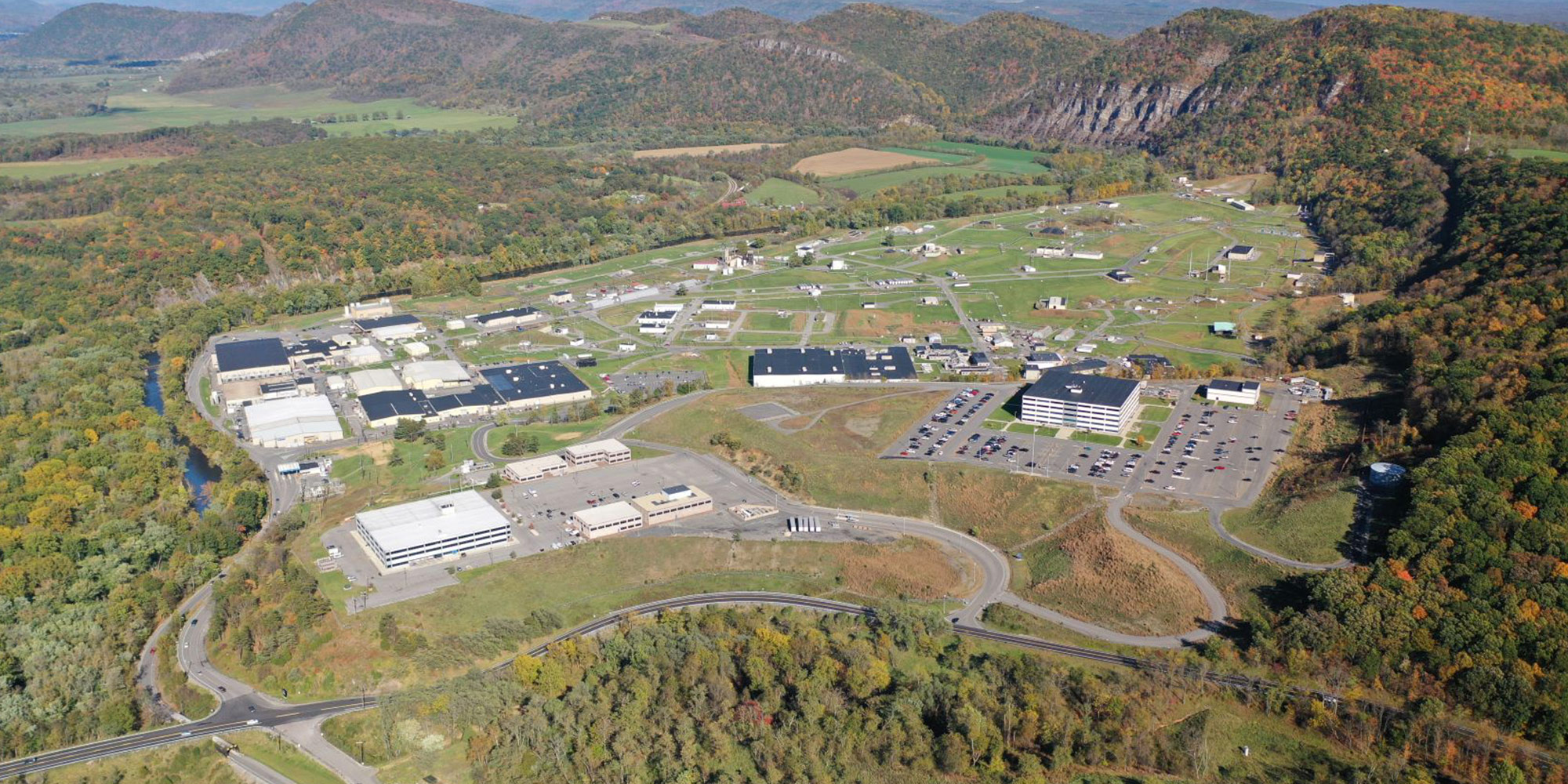Sustainable Practices Drive Environmentally Friendly Facilities

Northrop Grumman has staked out a leading position in its efforts to bring sustainable practices across a vast inventory of facilities.
Modern technologies and advanced control systems help ensure its physical footprint aligns with current expectations around the responsible use of resources. With initiatives ranging as widely as power generation, water management, waste disposal and green spaces, Northrop Grumman has demonstrated a readiness to embrace environmentally friendly design.
The People Who Are Leading the Way
At the leading edge of the effort are people like Ed Jones, director of operations at the Propulsion Systems & Controls Operating Unit in Elkton, Maryland, and Bob Hadra, director of safety at the Allegany Ballistics Laboratory (ABL) in Rocket Center, West Virginia.
Hadra's 1,700-acre facility encompasses hundreds of existing buildings, some dating back half a century, and while many have been upgraded over the years, there is a push now to bring the most modernized sustainability solutions to the fore.
"In addition to our existing buildings, we're also building a whole new plant," he said. "For all those spaces, old and new, we are looking at equipment that supports greater efficiency: things that use less power, that do not create additional waste streams."
Jones' operation sits on 550 acres at the head of the Chesapeake Bay. In addition to considering power, heating, cooling and lighting, his team also factors in the environmental needs of that precious body of water.
"We work closely with state and local authorities to make sure that all of the building and construction plans that we have either meet or exceed the requirements in order to protect the great resource that is the Chesapeake Bay," he said.

The Complex Challenge They Face
In support of the nation’s vital defense needs, Northrop Grumman’s facilities present a potentially resource-intensive profile.
“Our energy consumption is quite large. We’ve got multiple cure ovens running at high temperatures. We’ve got pressure autoclaves that are under heat and pressure,” Jones said. “And you’re always countering the heating with cooling to make sure the temperature stays exactly where you want it.”
With volatile propellant on-site, buildings need to be spaced far apart. That creates an engineering challenge for planners looking for ways to efficiently deliver power and water across a sprawling footprint.
Adding to the complexity of the problem is the aging nature of the physical inventory. “The majority of our buildings are less than 20 years old, but we are also still using buildings that were built back in the 1950s and ’60s,” Hadra said.
“They were built to the standards at the time, but there been improvements since then. We have more efficient HVAC systems, more sophisticated management of the environmental envelope — controls for things like temperature and humidity — as well as building automation: systems that will turn off the lights when a space is not in use,” he said.
How a Team Effort Drives Success
It takes a multifaceted team to help realize a modernized vision of sustainable-building design.
"We have a full staff of facility and environmental engineers who bring prior experience in industry," Jones said. "And we often utilize third-party experts as well, whether it's lighting, HVAC, energy management. We're not the expert in everything, and so we like to connect with resources that can help us be as efficient and sustainable as possible."
Hadra likewise leverages the skills of a strong local team, augmented by outside experts.
"We have a full contingent of environmental engineers, and we also have a complete group of facilities engineers," he said. "When we combine the environmental folks with the facilities group, we get a very well-rounded and capable team."
What does it look like when all this comes together? Jones' group, for example, recently conducted third-party energy audits to identify the biggest areas of energy use.
"That helps us prioritize, to put our resources where they have the biggest impact," he said.
Meanwhile, Hadra recently oversaw an inventory of his facility's extensive water distribution system.
"We identified a lot of places where we needed to replace the piping, and that has dramatically reduced our consumption," he said. "We did the same thing with our steam lines and our condensate return lines, where we were losing a lot of efficiency across our 1,700 acres. We did a lot of replacements there to make that more efficient."
The same expertise helps to bring state-of-the-art sustainability practices to new construction as well.
"On all our new facilities, construction is managed through our facilities group, which is very sensitized to questions of sustainability," Hadra said. "We look at the required distance between buildings, so we don't have to push power further than is absolutely necessary. We look at the environmental controls within the building, making sure that they are also state of the art."
Looking Ahead to Future Improvements
Looking ahead, both Jones and Hadra see opportunities to expand on Northrop Grumman's already robust sustainability agenda.
Jones, for instance, is looking at the creative use of green space. Right now, the required open spaces between buildings generally lie fallow, but he said they could be repurposed — for example, as staging grounds for solar panel arrays.
"We can take that space that we are not fully utilizing and use it in support of the overall sustainability program," he said.
Efforts like this one help Northrop Grumman do right by the Earth and improve operations across the board. Sustainable practices support the company's ongoing effort to drive efficiency through the thoughtful and responsible use of resources across the enterprise.
Media Contact
Kailen Brant
443-465-8963